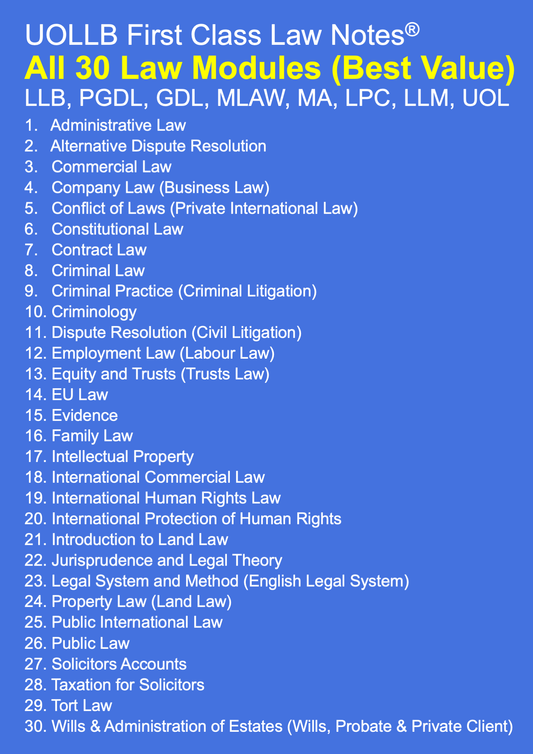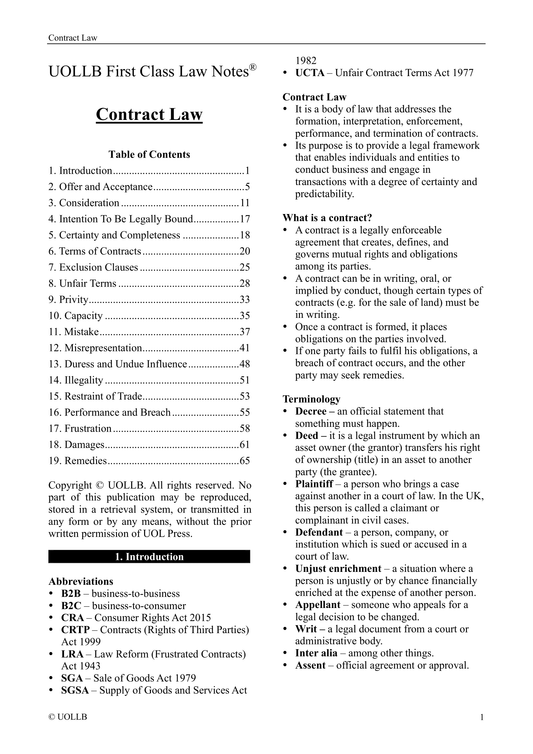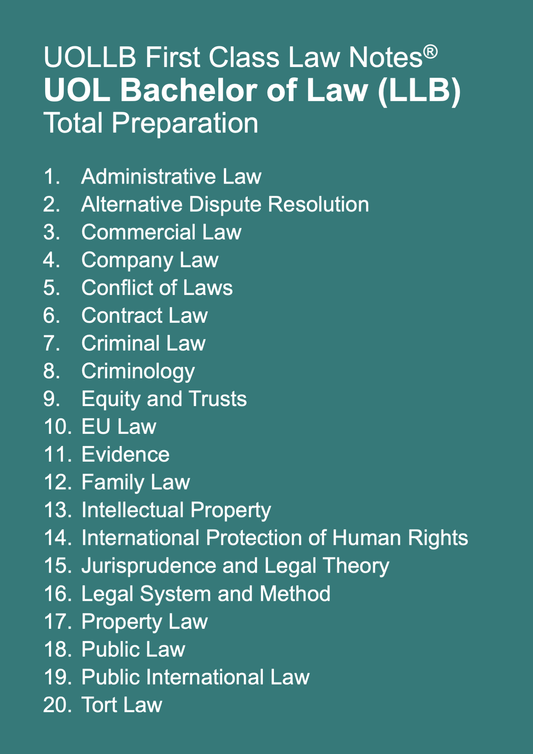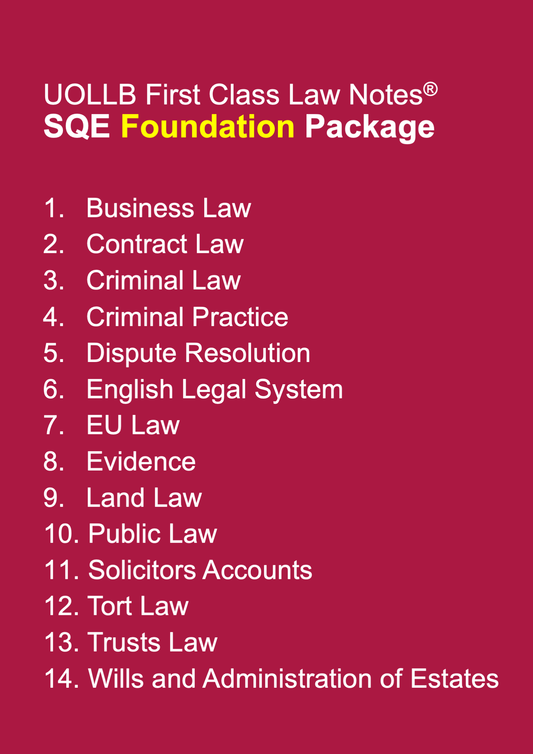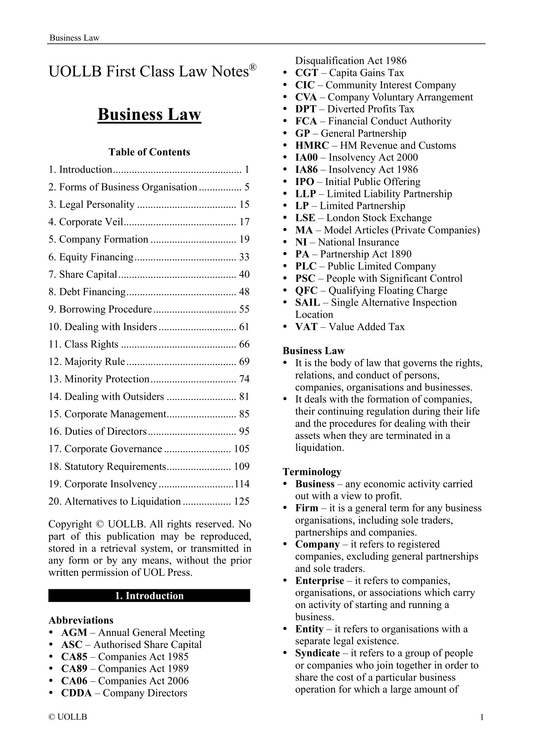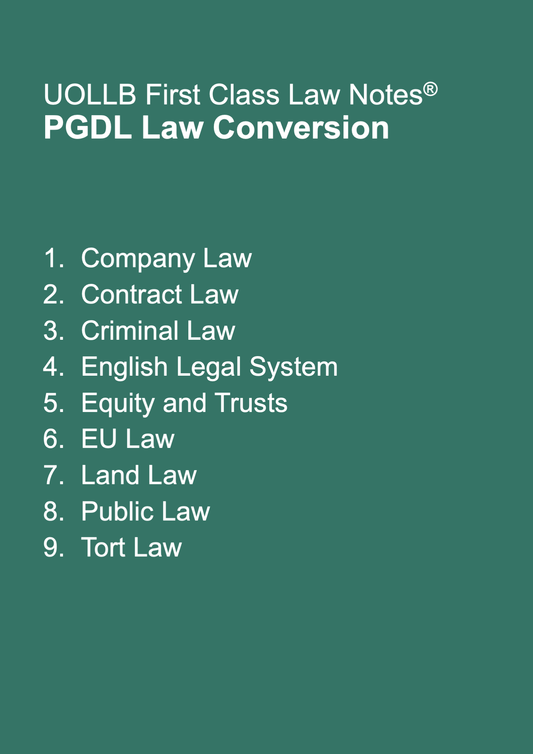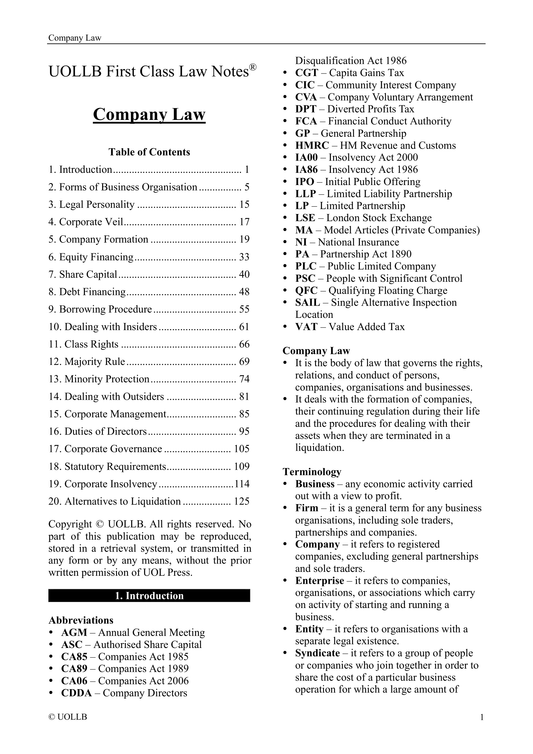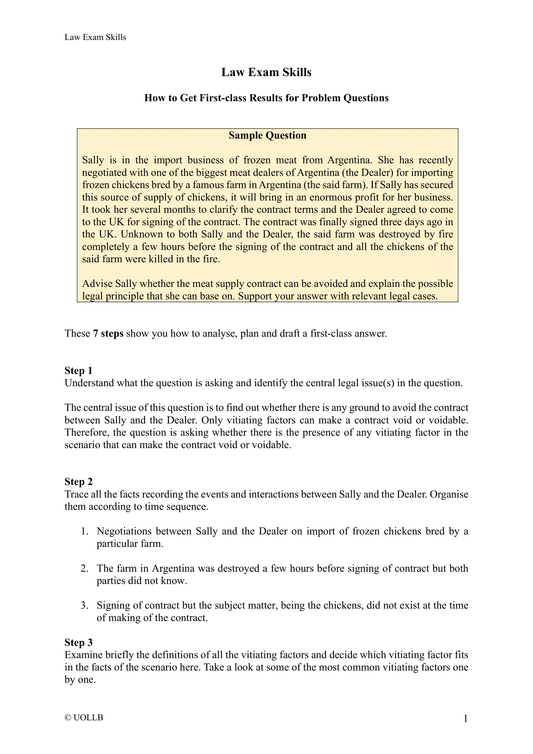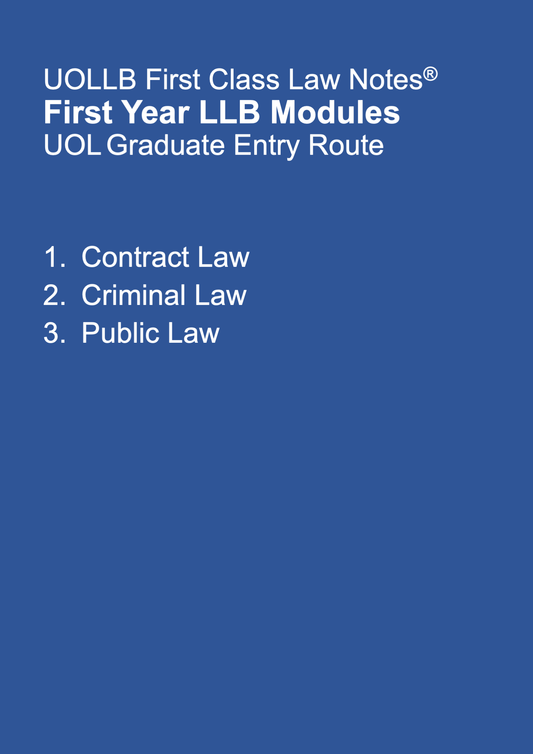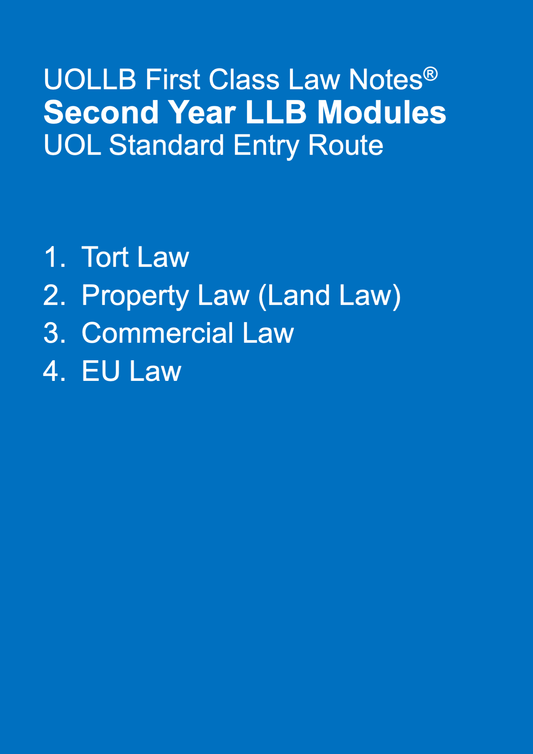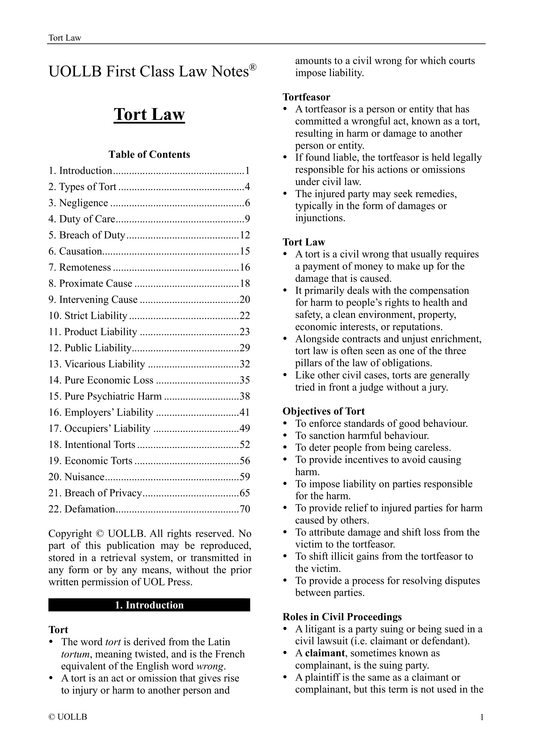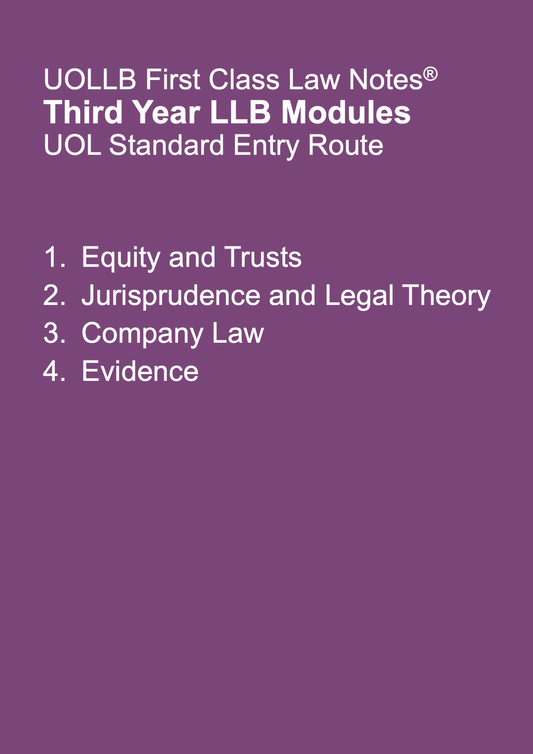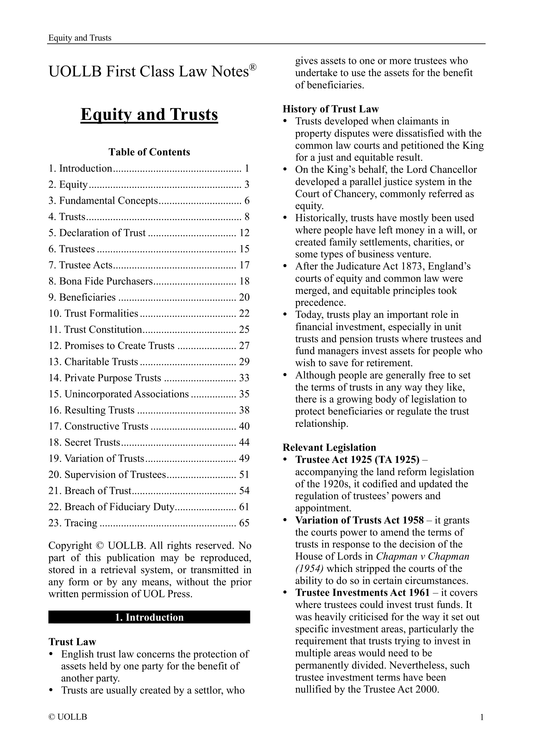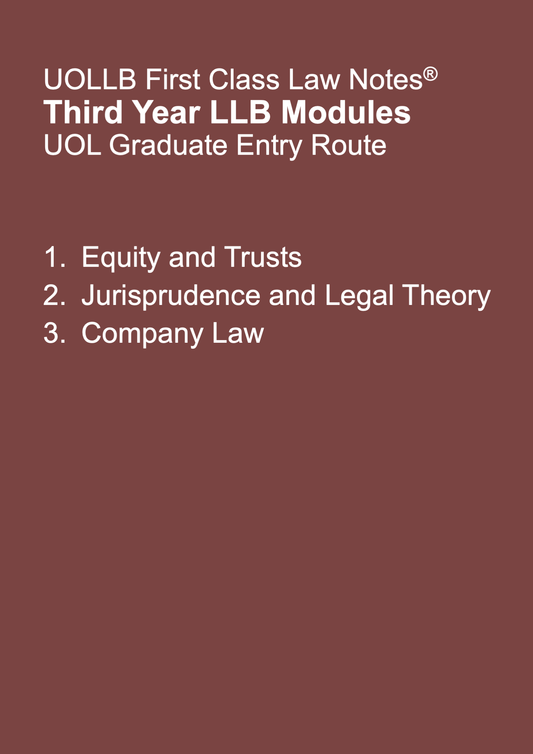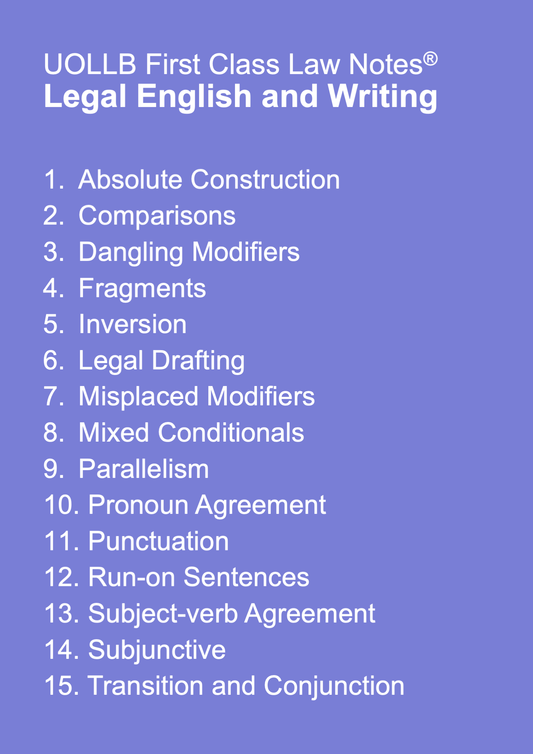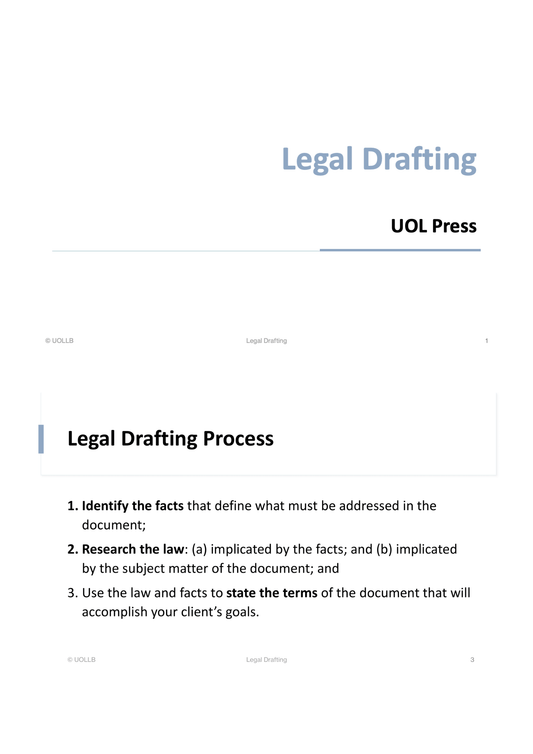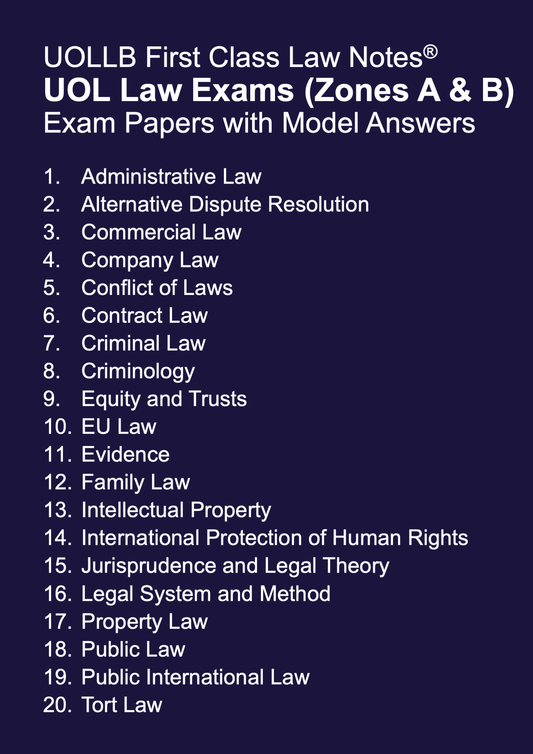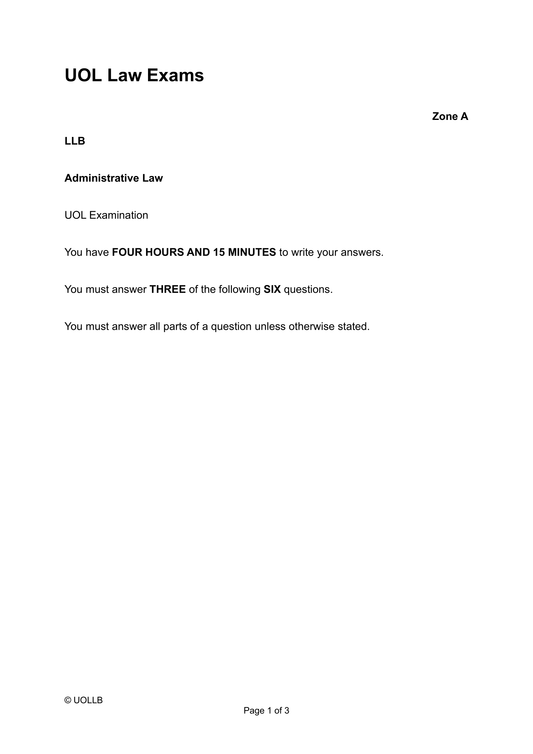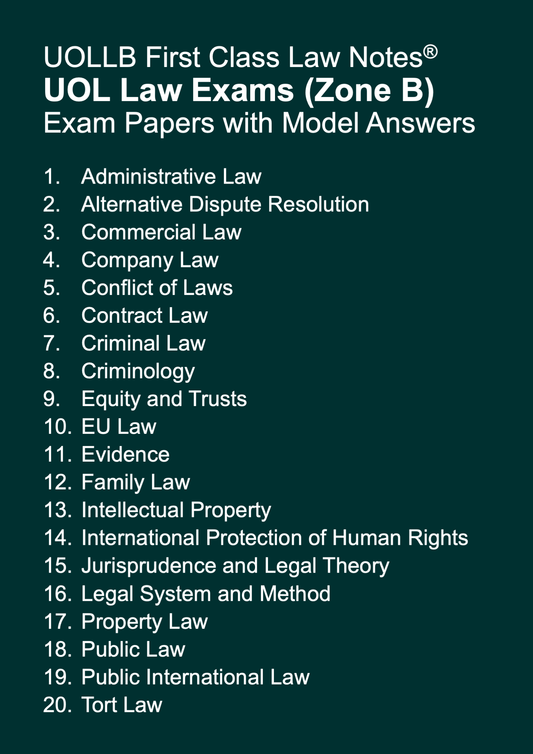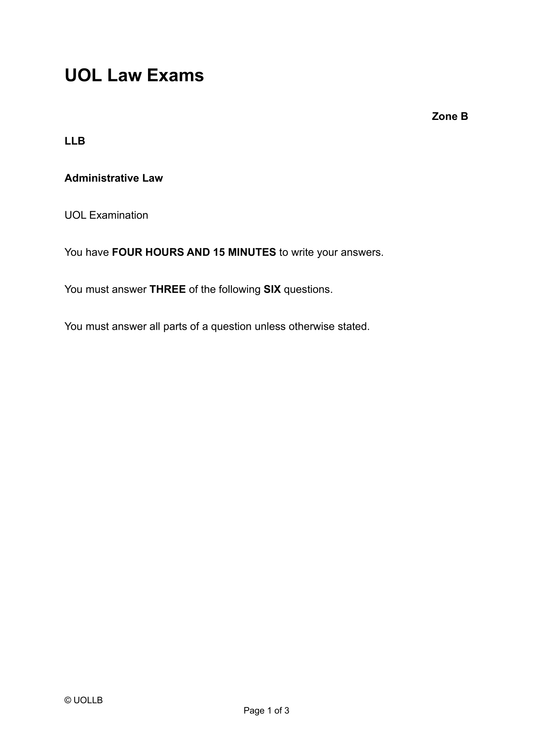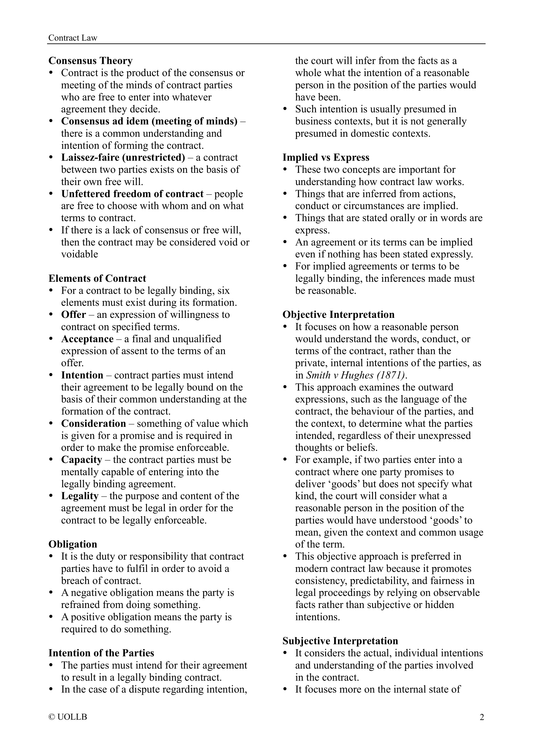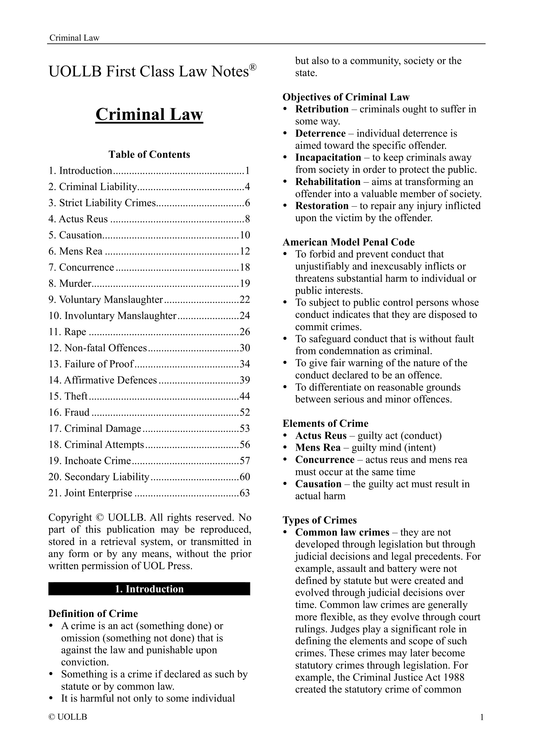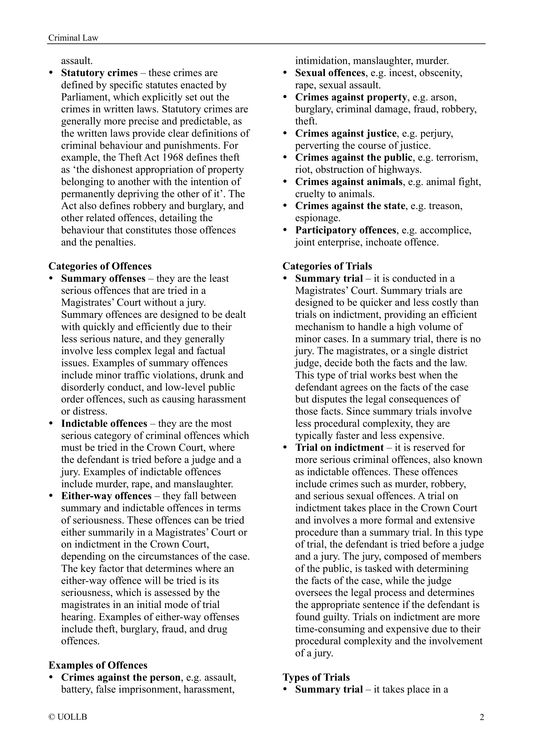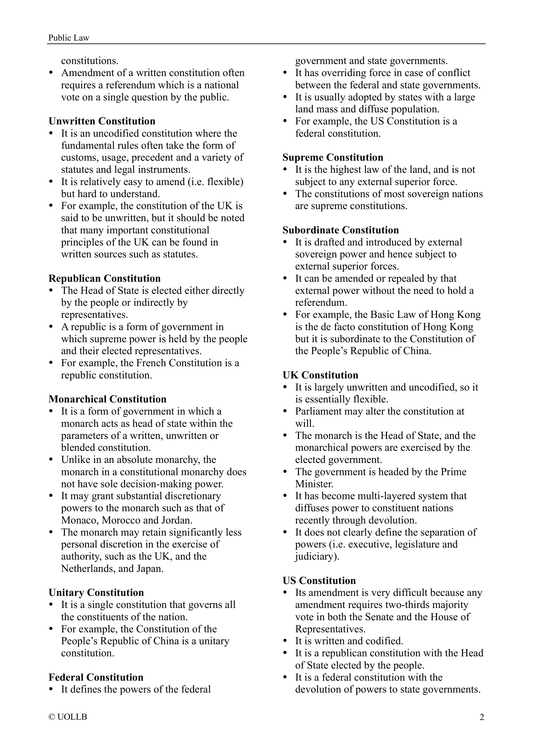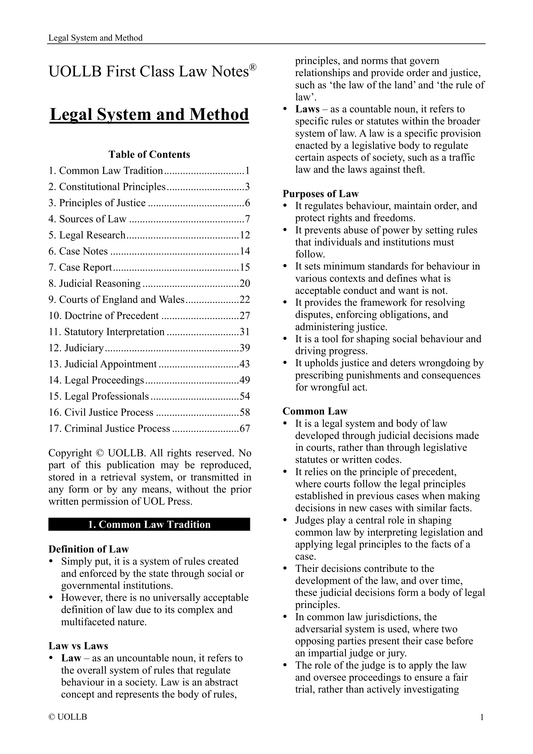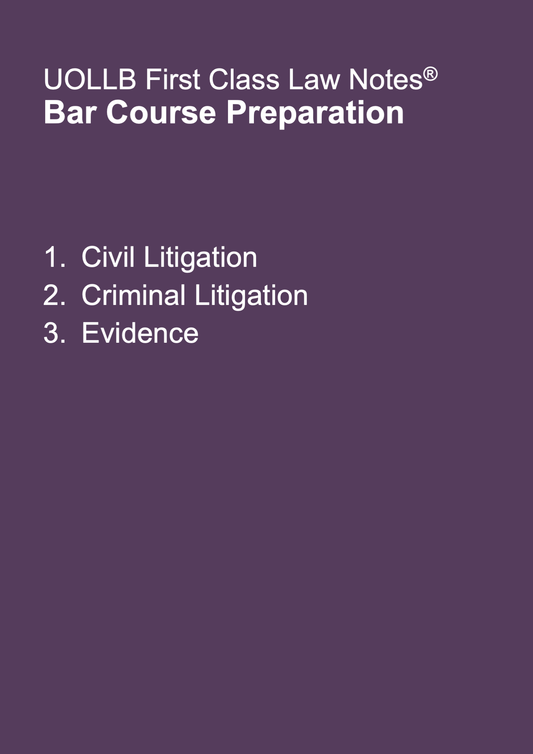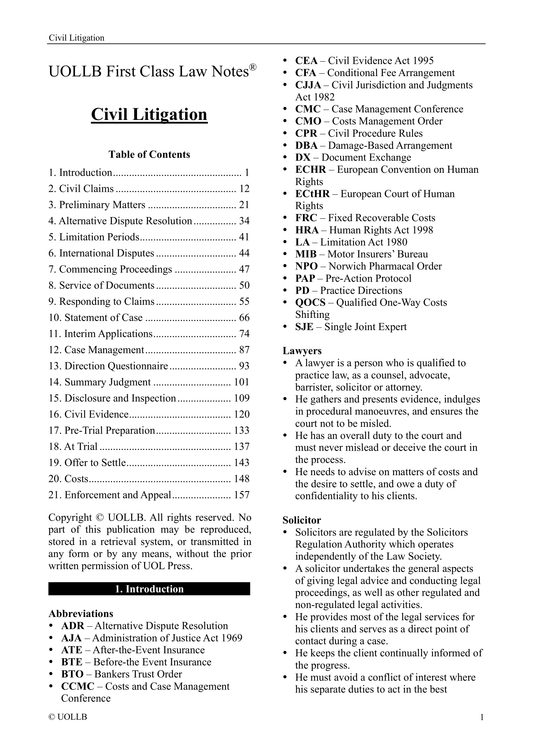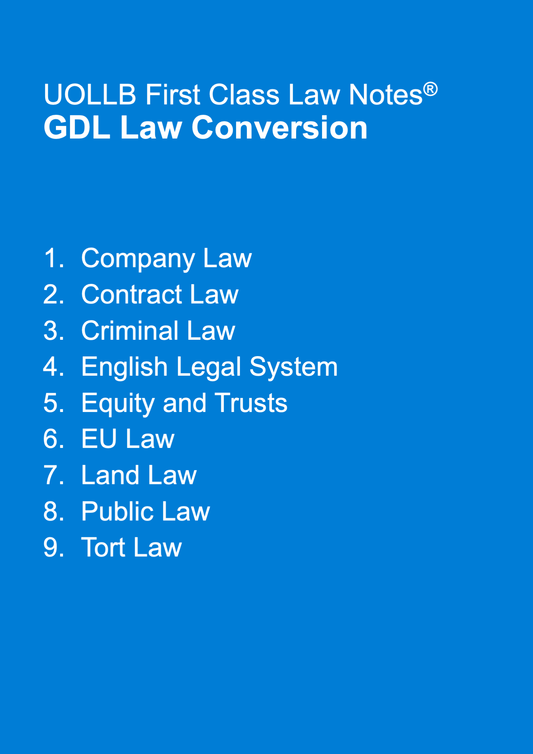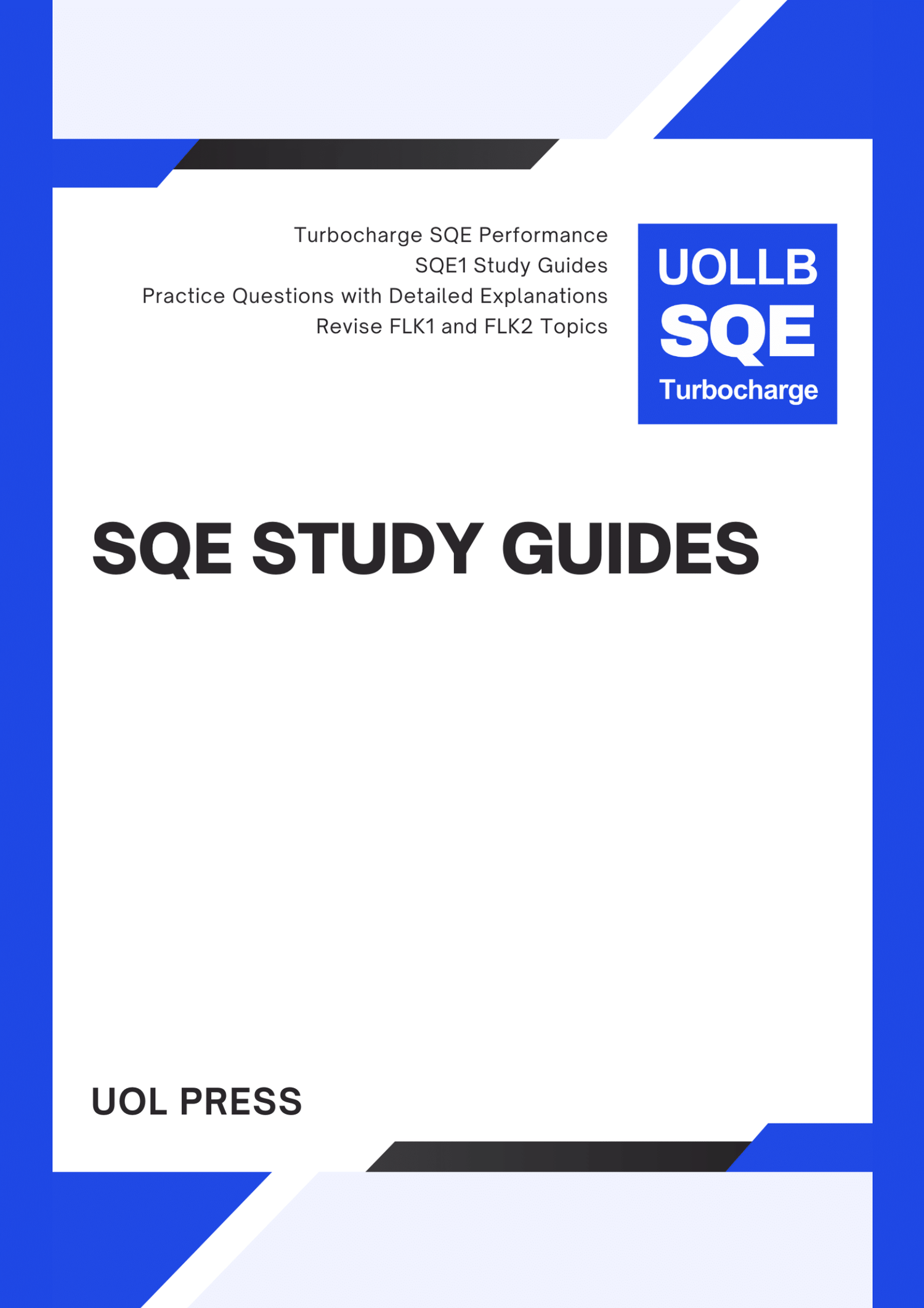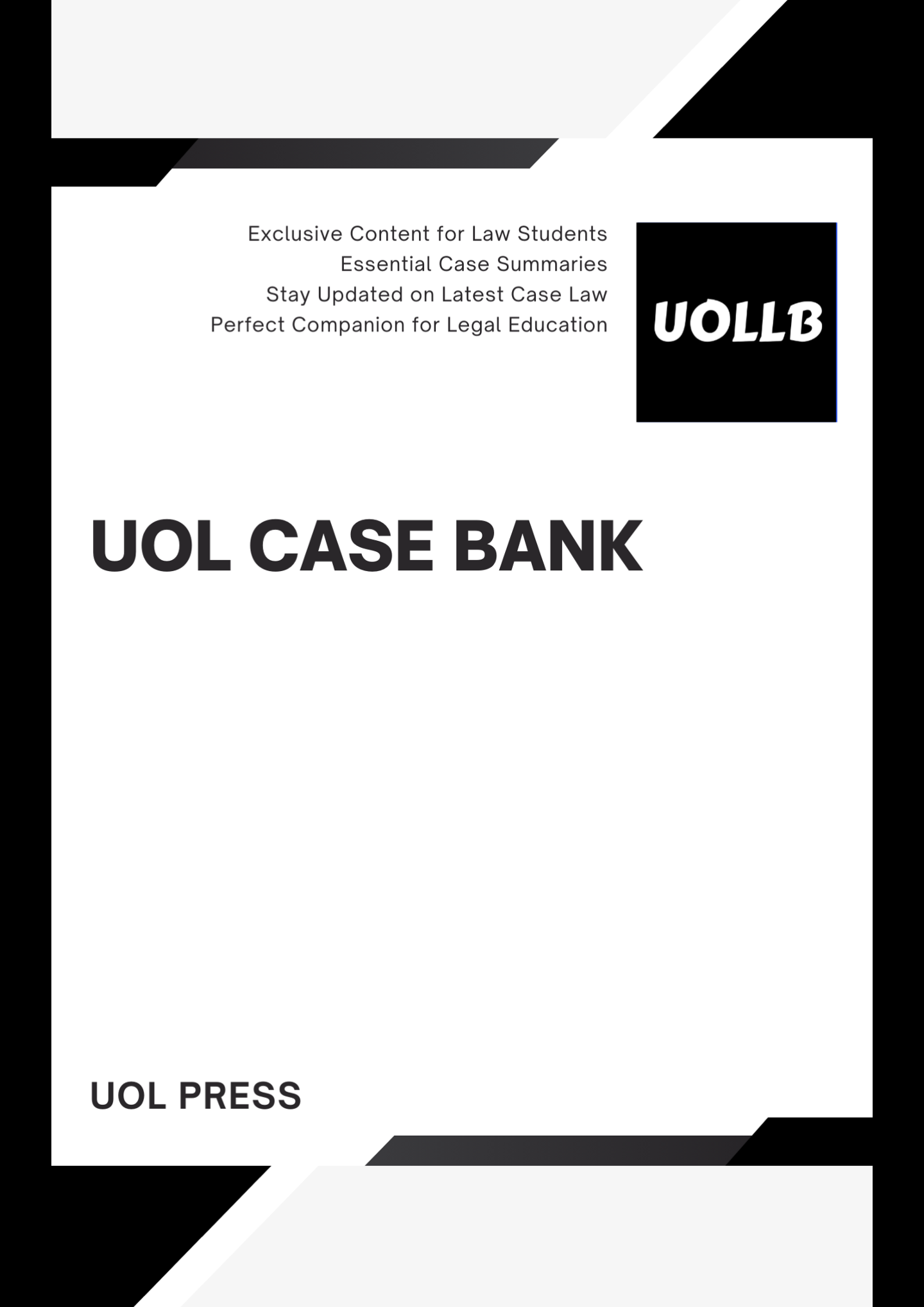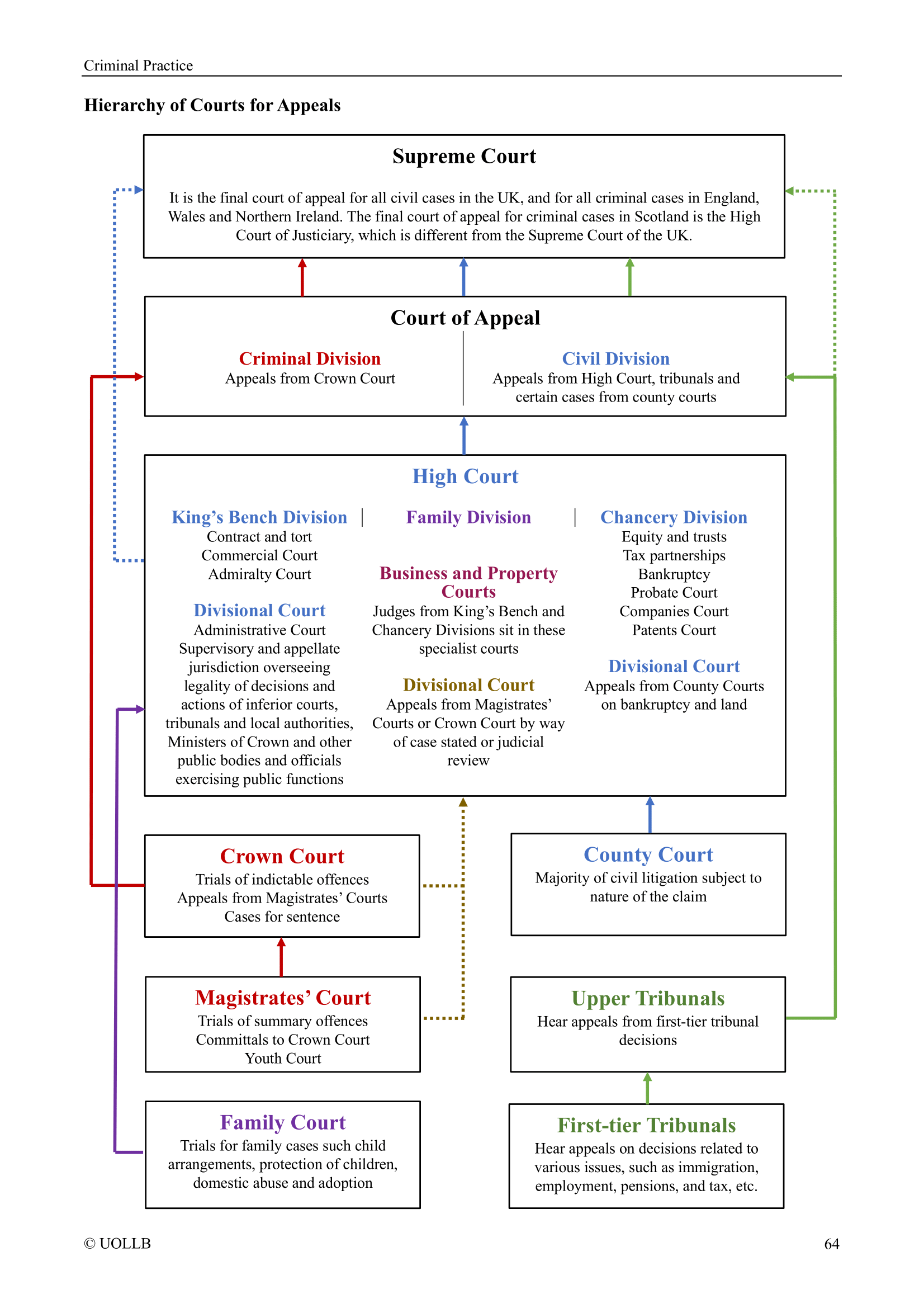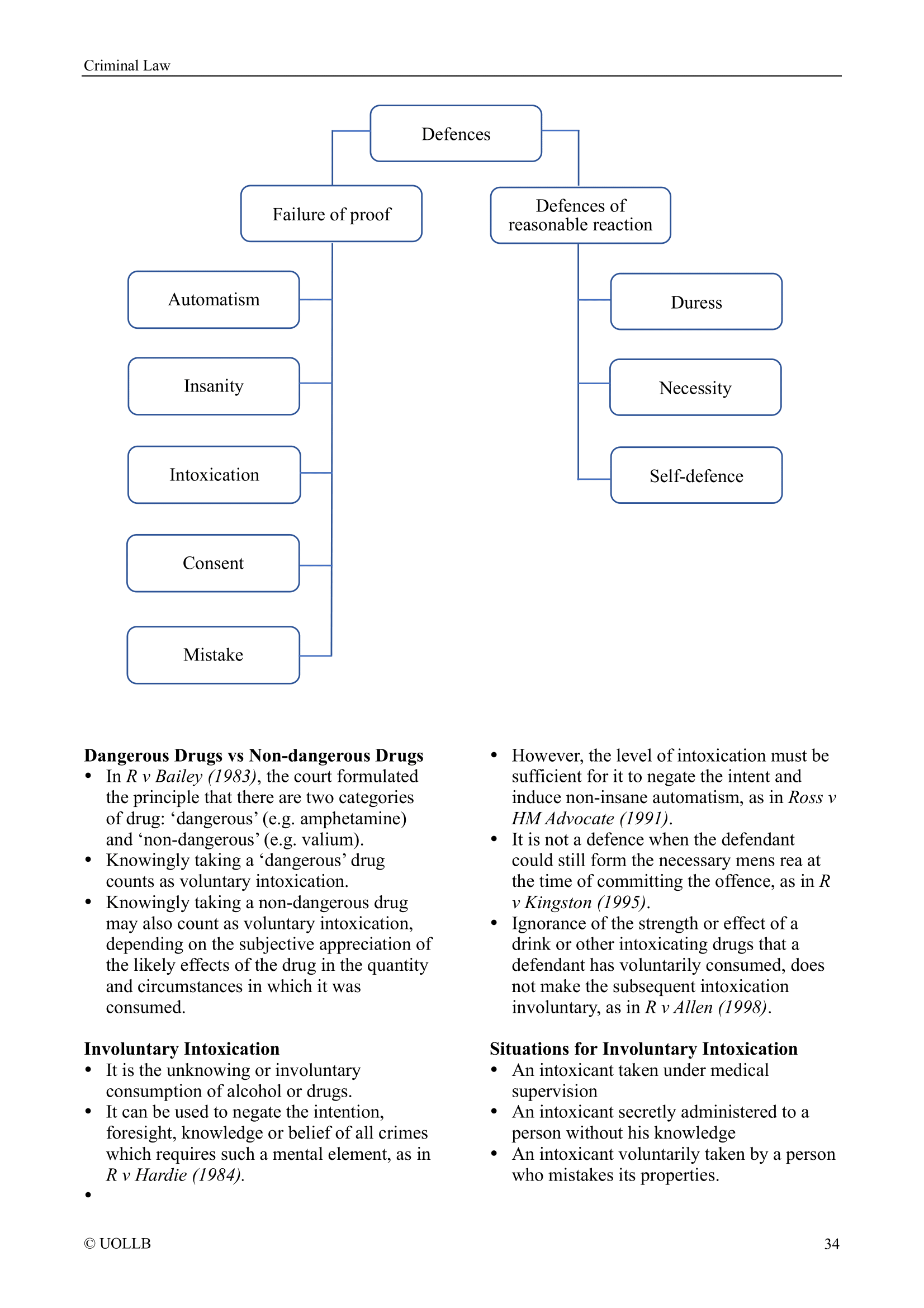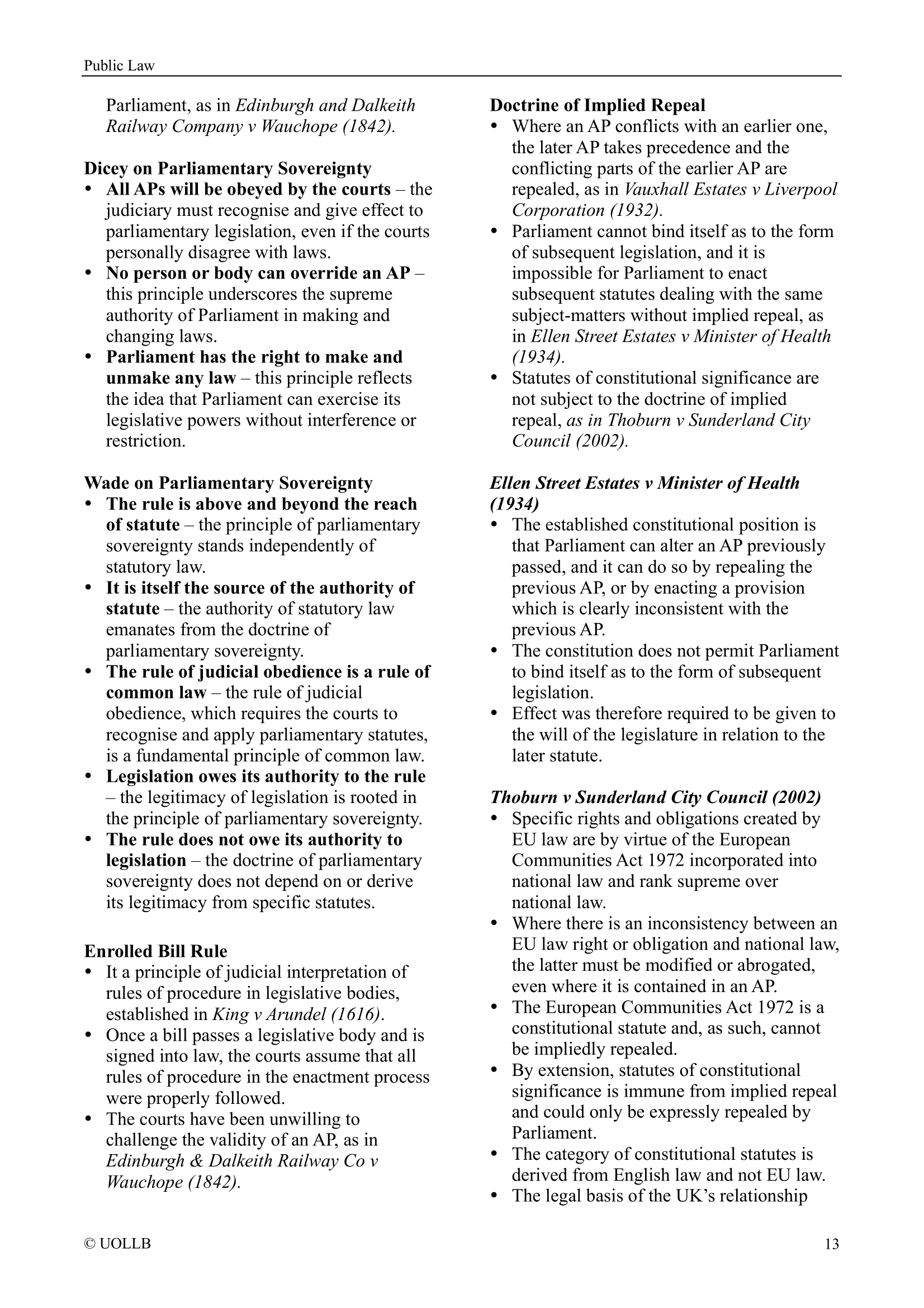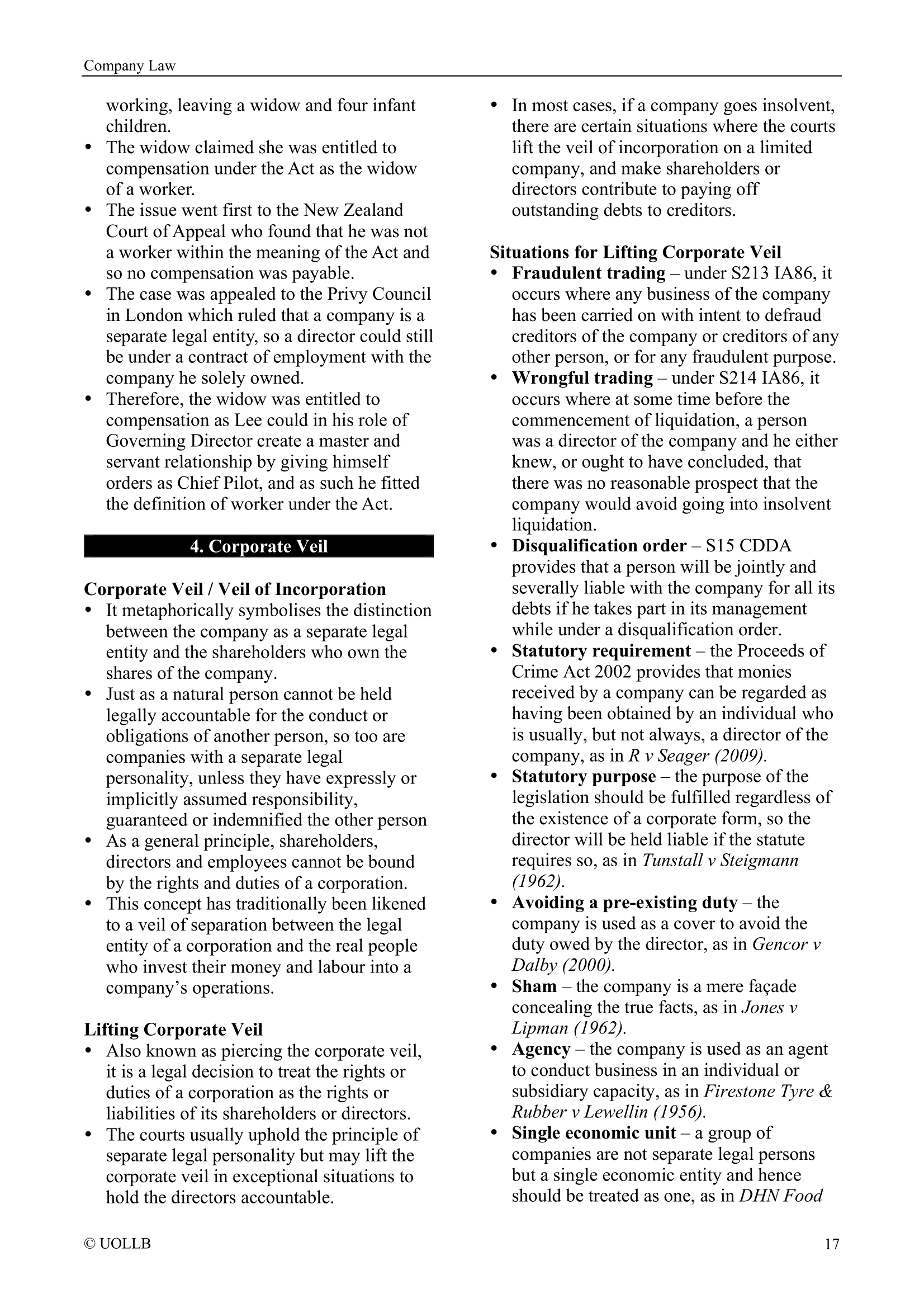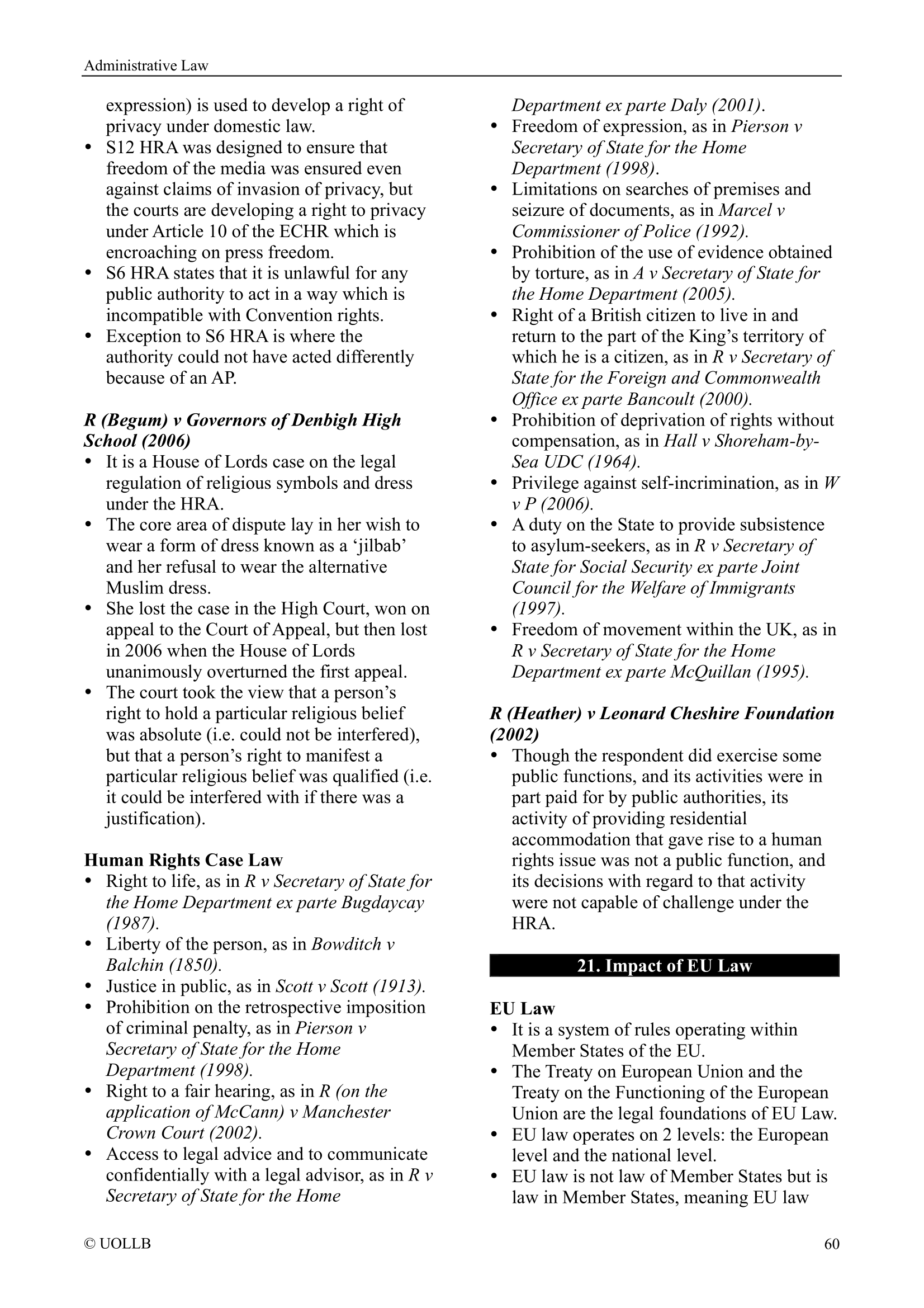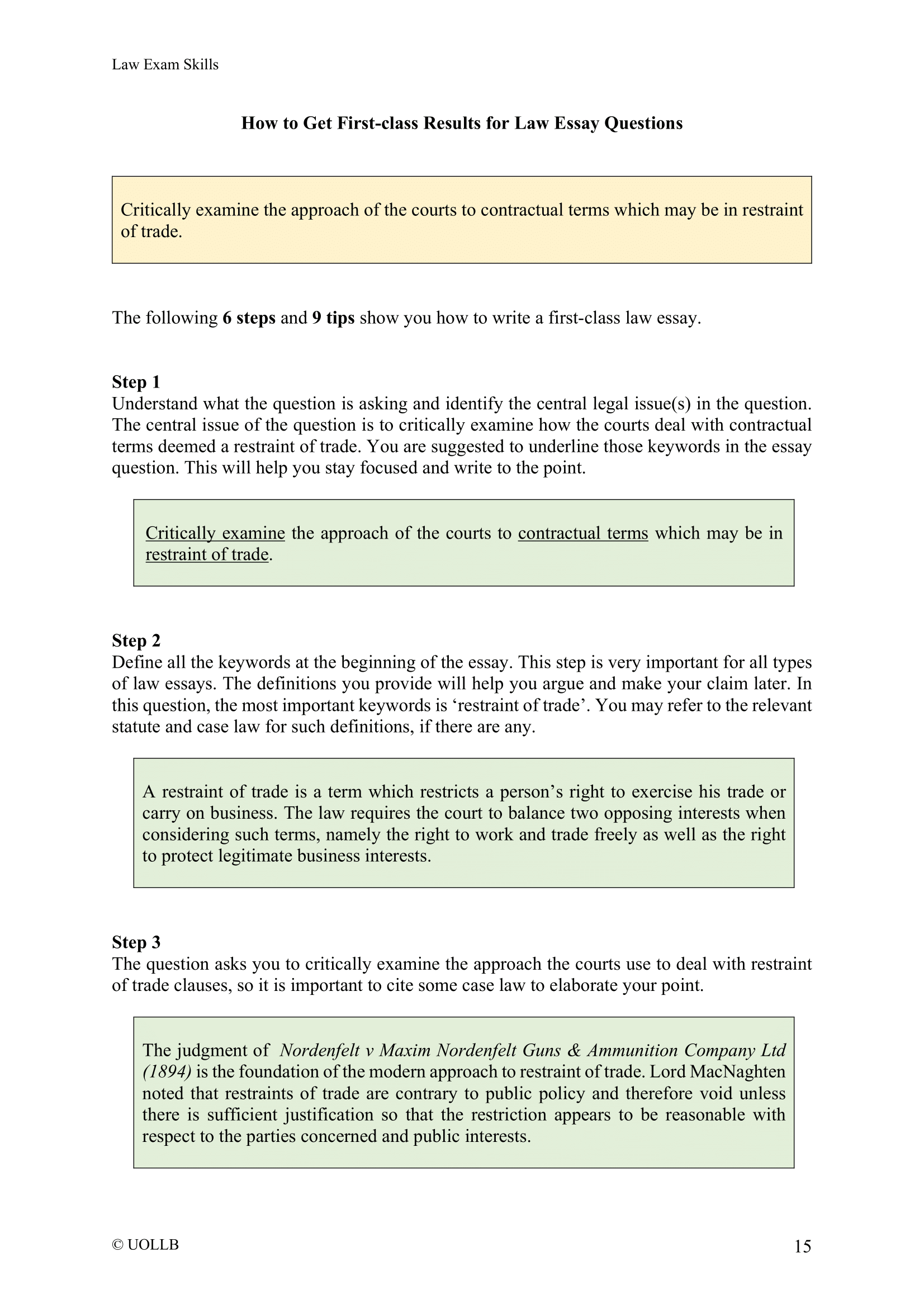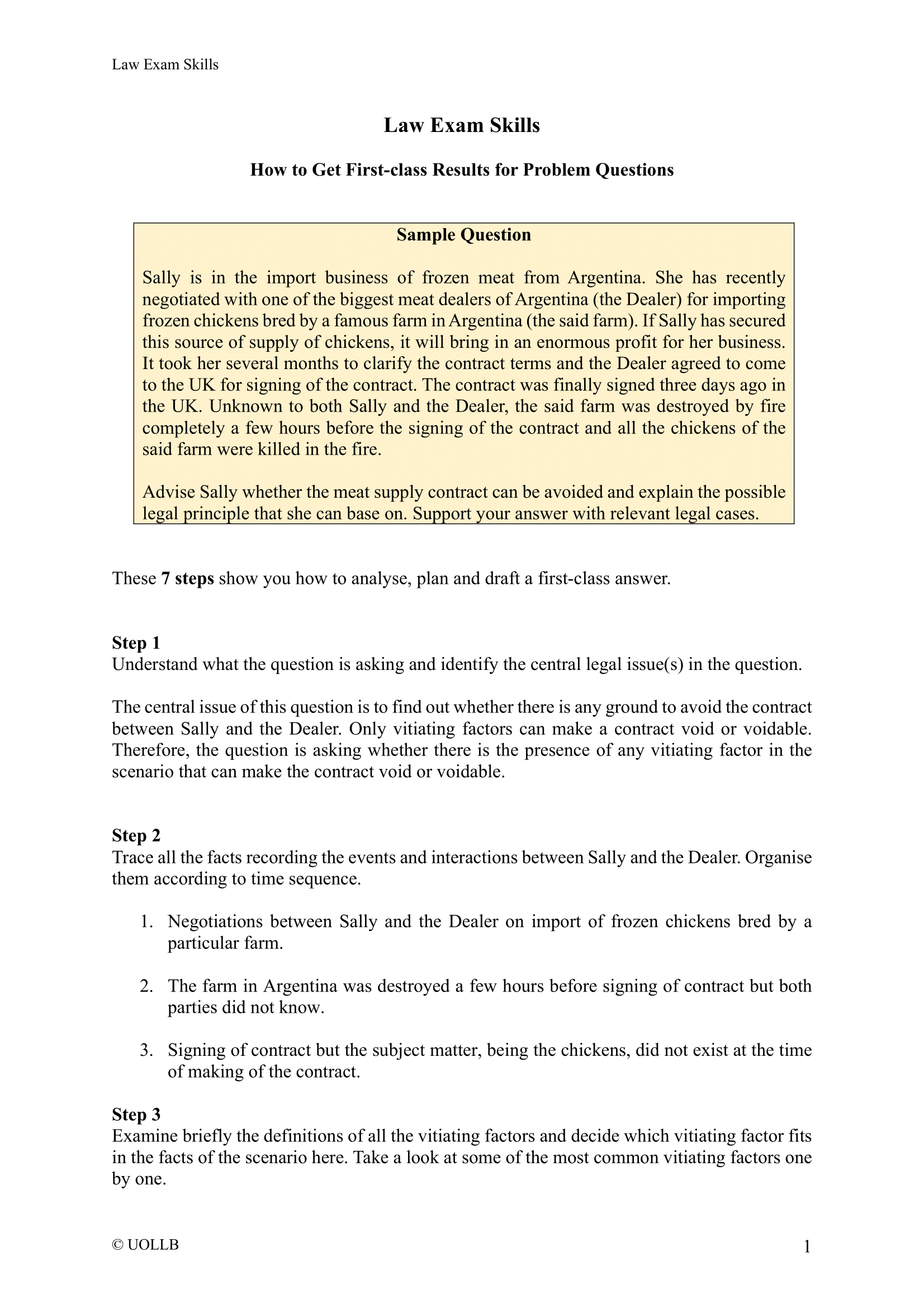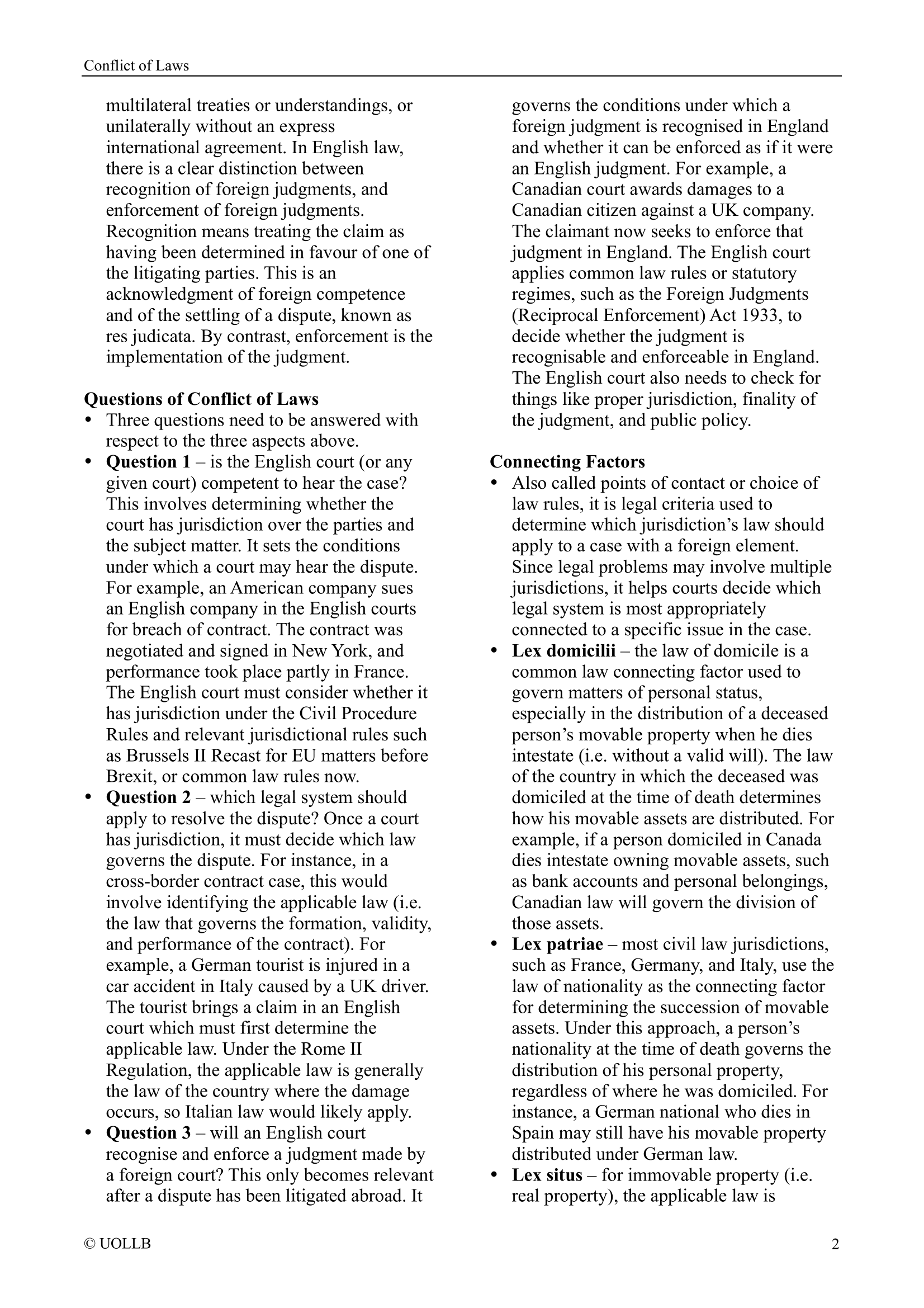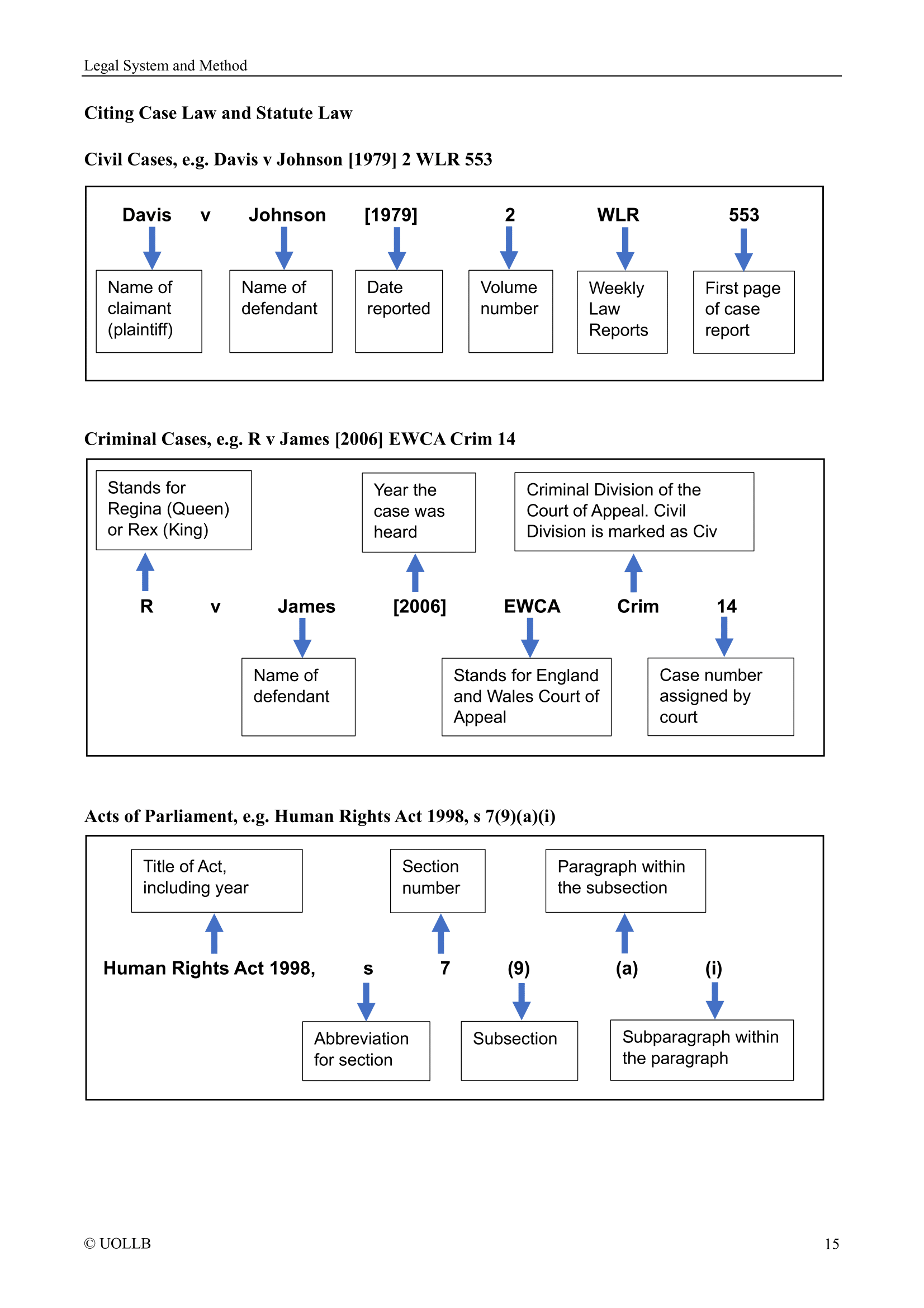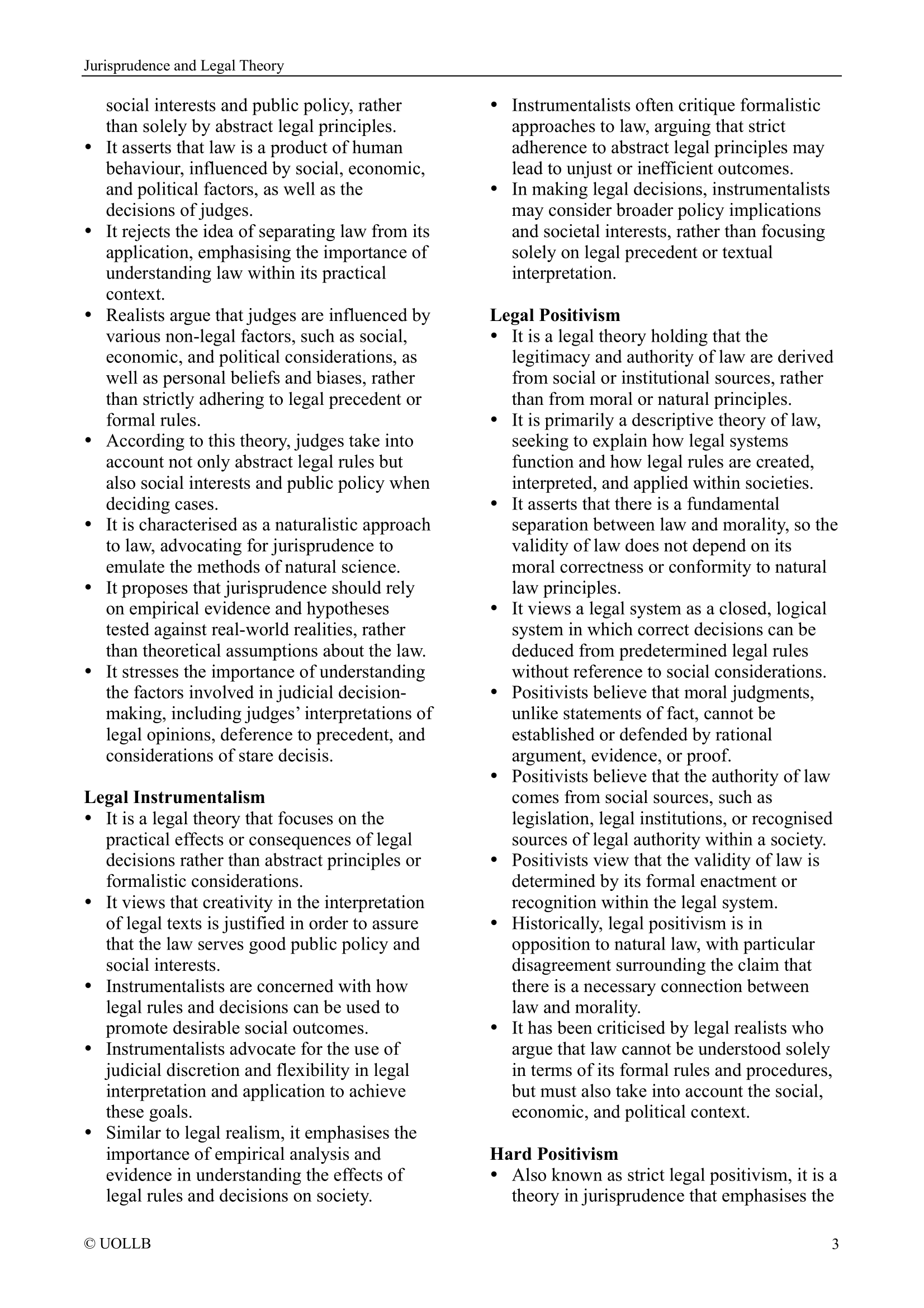Top 10 CJEU Judgments of All Time
Share
Van Gend en Loos v Nederlandse Administratie der Belastingen (1963)
This foundational case established the principle of direct effect, meaning that EU law can create rights for individuals that national courts must protect. The Dutch company Van Gend en Loos challenged a customs duty imposed by the Netherlands, arguing it violated EU treaty rules. The CJEU held that the Treaty of Rome created legal obligations not only between states but also for individuals. This ruling fundamentally shaped the nature of EU law as an autonomous legal order.
Costa v ENEL (1964)
In Costa, an Italian citizen argued that Italy’s nationalisation of electricity (ENEL) conflicted with EU law. The CJEU held that EU law takes precedence over national law, including constitutional provisions. It stated that EU law would be undermined if member states could override it unilaterally. The case entrenched the supremacy of EU law, establishing that once a state joins the EU, it cannot pass laws that contradict binding EU obligations.
Internationale Handelsgesellschaft (1970)
This case addressed the tension between EU law and national constitutional rights. A German company claimed that an EU regulation infringed its constitutional rights under German law. The CJEU reaffirmed EU law’s supremacy, ruling that even national constitutional norms, including fundamental rights, could not override EU legal obligations. However, it also acknowledged the importance of fundamental rights, laying the groundwork for the CJEU to develop general principles of EU law based on fundamental rights.
Cassis de Dijon (1979)
This German case involved a French liqueur (Cassis de Dijon) that was banned in Germany for not meeting alcohol content rules. The CJEU ruled that goods lawfully produced and marketed in one member state should, in principle, be allowed in all others, establishing the principle of mutual recognition. It also introduced the rule of mandatory requirements, which allows limited justifications for restricting trade. Cassis became a cornerstone of the EU’s internal market and free movement of goods.
Francovich v Italy (1991)
In this case, Italy failed to implement an EU directive that protected workers in insolvent companies. The claimants sued the state for compensation. The CJEU established the doctrine of state liability, ruling that individuals could claim damages from a member state that breached EU law. This decision empowered individuals to enforce EU law rights and held states accountable for failures to implement EU obligations properly. Francovich remains essential in ensuring the effectiveness of EU law.
Factortame (No. 2) (1991)
UK legislation restricted fishing rights to British-owned and -controlled vessels, effectively excluding Spanish companies. The CJEU ruled that national courts must disapply national law conflicting with directly effective EU law, even on an interim basis. This led UK courts to suspend an Act of Parliament, reaffirming EU law’s supremacy and enforceability. Factortame was especially significant in the UK, showing the real-world impact of EU legal principles on parliamentary sovereignty.
Gebhard v Consiglio dell’Ordine degli Avvocati (1995)
A German lawyer practising in Italy was disciplined for failing to register with the Italian bar. The CJEU ruled that this infringed the freedom of establishment under EU law. It clarified that any national measure restricting this freedom must be non-discriminatory, justified by imperative requirements in the public interest, suitable to achieve that aim, and proportionate. Gebhard refined the test for restricting fundamental freedoms and strengthened individual rights in the EU’s internal market.
Keck and Mithouard (1993)
French traders challenged laws prohibiting resale at a loss. The CJEU distinguished between product requirements (which usually breach free movement rules) and selling arrangements (which may not). It held that national rules governing selling arrangements do not breach Article 34 TFEU if they apply equally in law and fact. Keck was an attempt to limit the expansive reach of the internal market rules and brought more clarity and restraint to free movement of goods jurisprudence.
Google Spain SL v AEPD and Mario Costeja González (2014)
In this data protection case, a Spanish man sought to have outdated personal information removed from Google search results. The CJEU recognised the 'right to be forgotten', holding that data subjects could request the removal of personal data if it was no longer relevant, under the Data Protection Directive. The ruling had significant global implications for privacy rights, data protection, and the obligations of tech companies, making it a milestone judgment in digital rights.
R (Miller) v Prime Minister (CJEU intervention via Wightman v Secretary of State for Exiting the European Union, 2018)
While Miller itself was a UK Supreme Court case, the CJEU played a crucial role in the Brexit process in Wightman. The Court ruled that the UK could unilaterally revoke Article 50 notification, allowing it to remain in the EU without the consent of other member states. This clarified the legal flexibility available to withdrawing states and underlined the reversibility of withdrawal, a decision with major constitutional and political significance during the Brexit debate.
